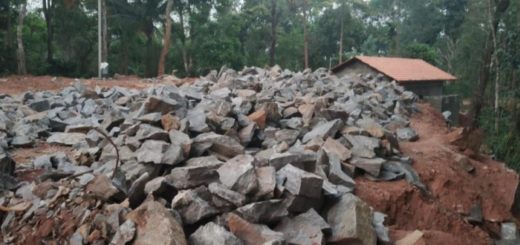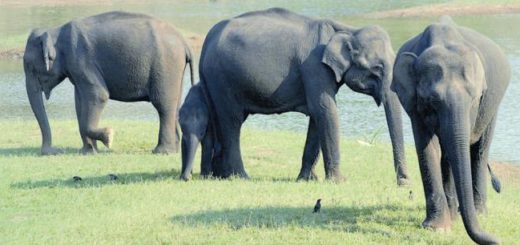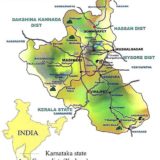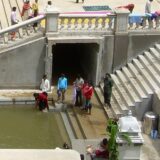Karnataka’s principal chief conservator of forests G. V. Sugur has maintained that forest cover in Kodagu has increased, contrary to the perception that forests have been “disappearing” in the ecologically sensitive areas in the Western Ghats.
In an exclusive interview to the news portal www.www.coorgnews.in, Sugur (in picture), the head of the forests in Karnataka, stated that his claim of the increase in forest cover was based on scientific studies, including the study of satellite imagery.
Referring to the ‘state of forest’ report of 2005 published by Forest Survey of lndia, the forest chief said: “At page 89 records total tree cover for Kodagu as 3024 sq km, that is 74.72% of geographical area. And the Forest Survey of lndia report for 2013 puts this figure at 3339 sq km (81.40 %). This includes tree cover on private lands. “If these figures are not reliable, someone should produce counter proof. Forest conservation has been a victim of such subjective and sweeping statements. Let us discuss and debate on facts,” he added.
Sugur clarified that the forest cover includes besides the 40 per cent notified forests in Kodagu, other areas like private estates, bane lands, and similar such holdings.
The forest chief pointed out that contrary to popular perception that forests have vanished, the situation has “stabilised” in the last couple of decades, not only in Kodagu, but entire Karnataka.
He admitted that at the micro level, there could have been denudation of trees, but at the macro level, both wildlife and tree cover has increased. “Forests are not disappearing and the situation is not alarming. We have been successful in our conservation efforts mainly because of the support extended by the people who are keen to protect their cultural heritage,” he noted.


























While this sounds very good, it flies in the face of logic and everything we know about Kodagu. The increasing settlement of people in paisari and devakadus, estate expansion related tree cutting and undergrowth clearing, silver oak cutting, the illegal cutting going on… like near Ayangeri during the monsoons when logs are floated down to Balapatna in Kerala. Local people are very aware of it but helpless because everybody is in collusion. Therefore can we trouble Mr. Sugur to give us details of how this tree cover growth happened? Is it tree growth in the first place, or shrubs and other undergrowth? Is it the mono culture planting of the forest dept.? No good comes from that for the soil and the insects and animals. Very importantly, in which parts of Coorg are there these concentrations of new growth? Is there growth in actual forest areas? What percent? And in privately held land, what percent? If there is greenery growth in forest areas, why are the elephants so commonly found in the estates, endangering our lives? How much of this growth happened in the Devakadus? If he can give us these details instead of putting the onus on the general public (who dont have the means) to prove otherwise, it would be really worth appreciating.